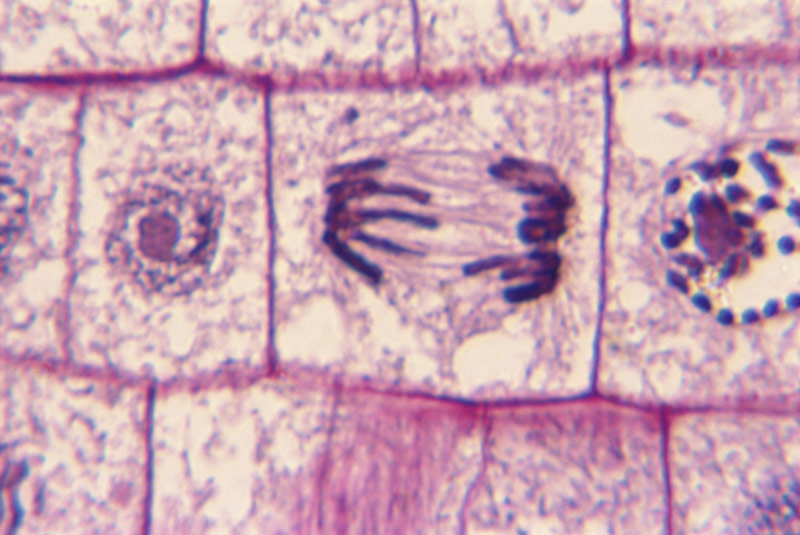
THURSDAY, Feb. 24 (HealthDay News) — An analysis of proteins in spinal fluid can help distinguish patients with Lyme disease from those with chronic fatigue syndrome, a new study reports.
It also appears that both diseases, which can cause similar symptoms, involve the central nervous system and that protein abnormalities in the central nervous system are causes and/or effects of both conditions, said the research team, which was led by Dr. Steven E. Schutzer, of the University of Medicine and Dentistry of New Jersey — New Jersey Medical School, and Richard D. Smith, of Pacific Northwest National Laboratory.
In the study, the investigators analyzed spinal fluid from 43 patients with chronic fatigue syndrome (CFS), 25 people who had been diagnosed with and treated for Lyme disease, but did not completely recover (neurologic post-treatment Lyme disease, or nPTLS), and 11 healthy people.
The researchers identified 738 proteins present only in the spinal fluid of CFS patients and 692 proteins found only in the spinal fluid of nPTLS patients, according to the study findings published online Feb. 23 in the journal PLoS One.
Until now, there have been no known biomarkers to distinguish between Lyme disease and CFS, nor strong evidence that the central nervous system was involved in the two conditions, the study authors noted.
“One next step will be to find the best biomarkers that will give conclusive diagnostic results,” Schutzer said in a journal news release. “In addition, if a protein pathway is found to influence either disease, scientists could then develop treatments to target that particular pathway.”
“Newer techniques that are being developed by the team will allow researchers to dig even deeper and get more information for these and other neurologic diseases,” Smith added. “These exciting findings are the tip of our research iceberg.”
More information
The American Academy of Family Physicians has more about Lyme disease.

